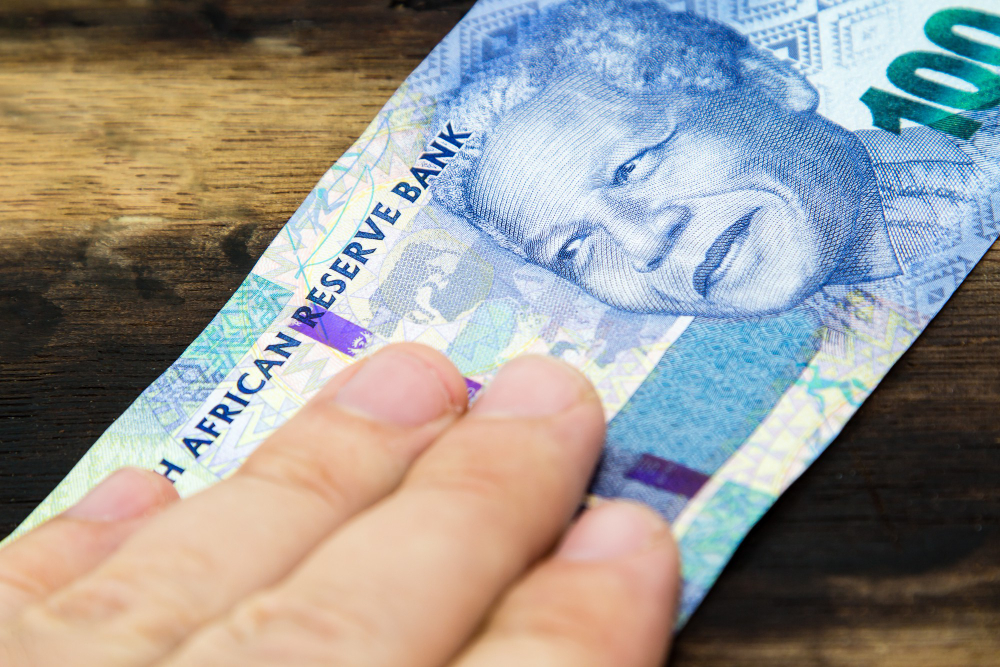Discover how to quickly and easily manage your budget

Many people often have to balance their finances just to get by. But what if you could tackle this challenge in a matter of minutes? It’s time to learn how to draft a budget in just 30 minutes.
With some organization and a few handy tips, you can quickly arrange your finances and get a clear picture of your spending, all without dedicating hours of your day. Curious about how? Let’s dive in! In just thirty minutes, you’ll have your budget under control!
How can I create a budget in 30 minutes?
Initially, crafting a budget in just half an hour might seem daunting, but with some preparation, you’ll find it’s totally achievable and straightforward!
If you feel the process is a bit tricky, we’ll break it down into simple tips so you can clearly see where your money goes, eliminate unnecessary expenses, and, of course, edge closer to your important goals.
So, how can you possibly set up a budget in just 30 minutes? If that sounds good, let’s take it step by step to create a quick and effective budget that truly works for you.
1. Collect all necessary documents
First off, gather your bank statements, credit card bills, and any information about your income and expenditures. This will help you avoid wasting time searching for details during the budgeting process.
If you prefer, you can open a spreadsheet or a notepad to jot everything down, which will speed up the process. This quick prep makes a significant difference.
2. Identify your income sources
Now that you have everything ready, let’s focus on your income. Write down all your income sources for the month: salary, freelance work, dividends, or any other earnings.
Be sure to note the actual amount you receive after taxes and other deductions. If your income fluctuates monthly, calculate an average based on recent months for a more accurate estimate.
3. Categorize your expenses
Now that you’ve defined your income, it’s time to turn your attention to your expenses. The suggestion here is to break your expenses down into two main categories:
- Fixed costs;
- Variable costs.
Fixed costs are regular monthly expenses that tend to be similar each time, like rent, utilities, and internet. On the flip side, variable costs can change, including things like entertainment, transport, and dining out.
This step is crucial as it provides a clear view of your spending habits.
Remember, this list isn’t meant to judge your spending but to help you clarify what you wish to keep or modify.
Lastly, consider using an expense tracking app to categorize your expenses effectively. Money Manager Expense & Budget is a downloadable option for Android and iOS.
4. Establish Your Savings Goal
With all your expenses listed, it’s time to set a savings goal. A key question to consider is: how much do you want to (and can you) save each month?
Defining a specific amount will help clarify your budget. Review your variable costs to see if there’s potential to save. Listing everything out may reveal opportunities to cut back on certain expenses.
Remember that small tweaks, like dining out less frequently or reassessing your subscriptions, can significantly impact your overall financial picture.
5. Monitor Your Progress
Now that your budget is set, the next step is to keep an eye on it throughout the month. You can use a budgeting app or a spreadsheet to track your expenses weekly.
This practice will help you identify where most of your money goes and determine if any adjustments are needed. Additionally, choose a fixed date each month, like the first Saturday, to review your progress.
Establishing this monthly routine allows you to make necessary tweaks and stay aligned with your financial goals.
Isn’t it surprising how simple it is to set up a budget in just 30 minutes? With these insights, you can gain a clearer understanding of your finances. Over time, managing and adjusting your budget will become more intuitive.
The best part? This control will foster a more peaceful relationship with your finances, allowing you to make more informed choices.



